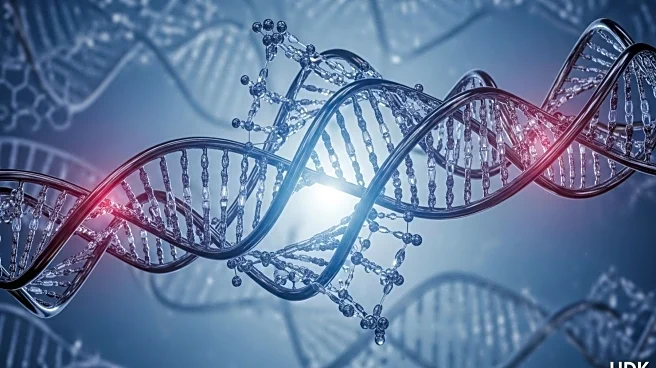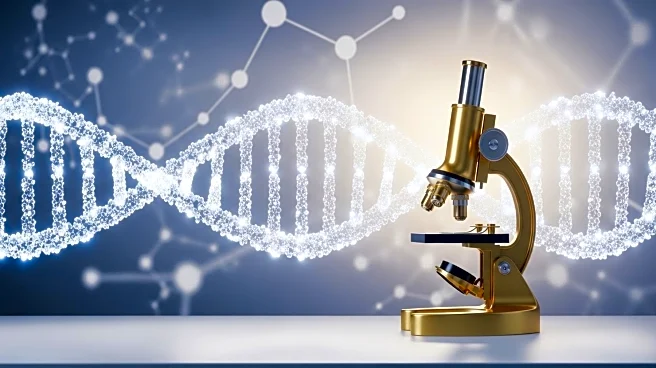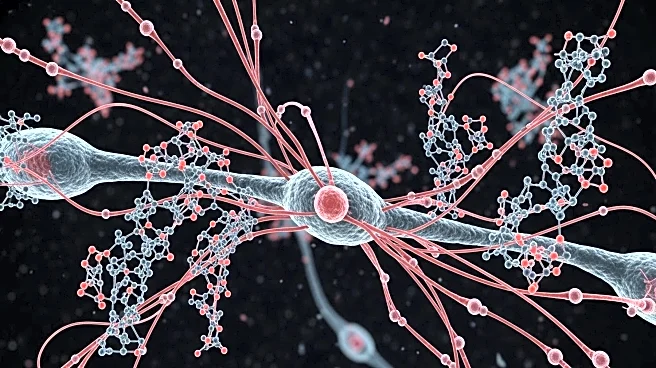What's Happening?
Recent studies have identified two novel small molecules, KY19382 and KY19334, that effectively downregulate CDK1 expression and inhibit Wnt/β-catenin signaling in cutaneous squamous cell carcinoma (cSCC). These compounds have demonstrated significant therapeutic effects by suppressing the migration, invasion, proliferation, and transformation of human cSCC cells. The research highlights the potential of these molecules to disrupt cancer progression by targeting the tumor-specific cellular landscape, particularly through the inhibition of CDK1 and Wnt/β-catenin signaling pathways. The study involved treating human cSCC cell lines with these compounds, resulting in marked suppression of cancer cell phenotypes both in vitro and in vivo.
Why It's Important?
The discovery of KY19382 and KY19334 offers promising advancements in cancer treatment, particularly for cutaneous squamous cell carcinoma, a common form of skin cancer. By targeting CDK1 and Wnt/β-catenin signaling, these compounds could provide a new therapeutic approach that specifically addresses the cellular mechanisms driving cSCC progression. This research could lead to the development of more effective treatments, potentially improving patient outcomes and reducing the burden of skin cancer. The ability to inhibit key pathways involved in cancer cell proliferation and transformation highlights the significance of these findings in the broader context of oncology and personalized medicine.
What's Next?
Further research and clinical trials are likely needed to fully understand the efficacy and safety of KY19382 and KY19334 in human patients. The next steps may involve exploring the potential of these compounds in combination with other treatments to enhance their anticancer effects. Additionally, understanding the long-term impacts and possible side effects will be crucial for their development as viable therapeutic agents. Researchers may also investigate the applicability of these molecules in other types of cancer where CDK1 and Wnt/β-catenin signaling play a critical role.
Beyond the Headlines
The study also raises questions about the role of cytoplasmic CXXC5 in skin carcinogenesis, suggesting that its interaction with Wnt/β-catenin signaling may not be involved in cSCC development due to lack of cytosolic expression. This insight could lead to a reevaluation of current therapeutic strategies targeting Wnt/β-catenin pathways in cancer treatment. The differential localization of CXXC5 in normal and cancer cells suggests distinct roles that could be explored further for targeted therapies.











